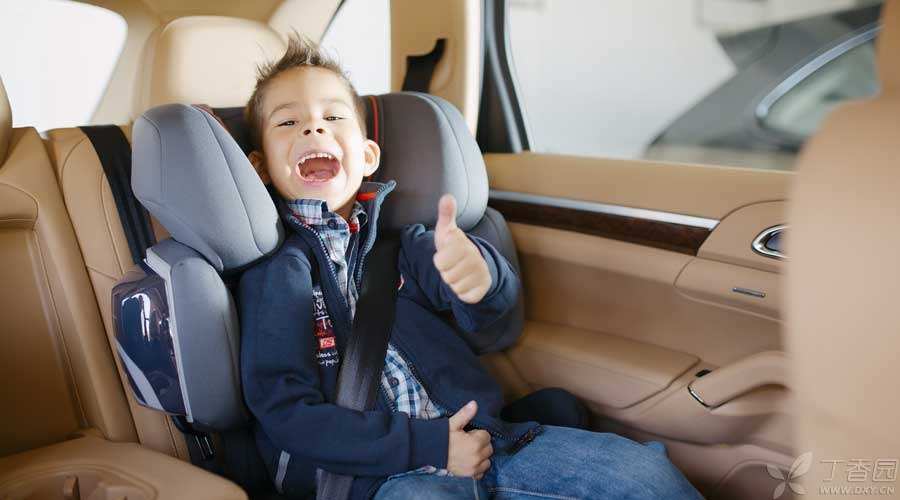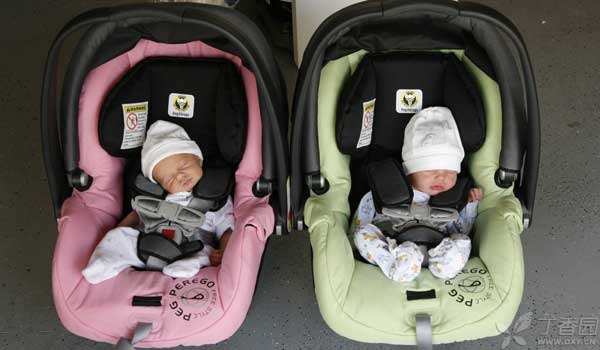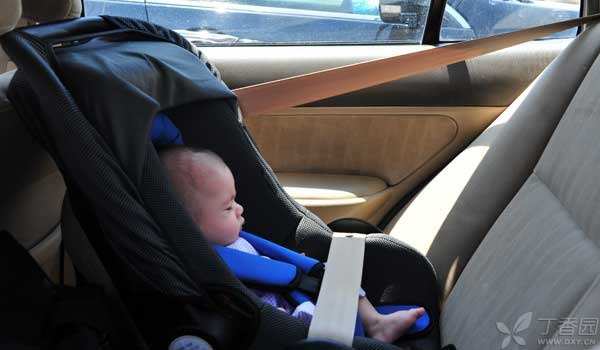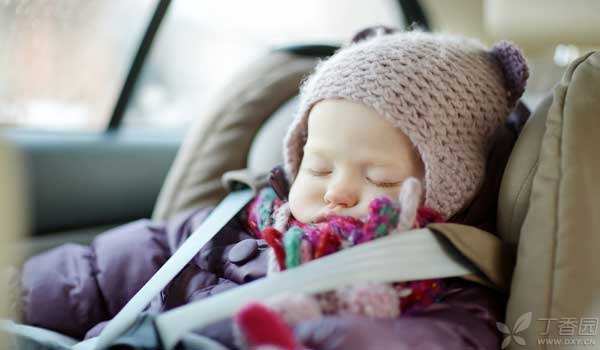
Now parents’ safety awareness has increased. After watching some painful lessons, they all buy child safety seats for their babies.
However, after buying a safety seat, my baby just couldn’t understand my parents’ good intentions and refused to sit down after crying and making noise. What should I do?
First of all, parents and other family members must reach a consensus: there is no room for discussion on the use of safety seats. Only after adults reach this consensus can they ensure the success of educating their babies.
What about the newborn baby?
From the moment the baby is born, he should use a special baby safety basket to take the bus, so that he never knows there are other options, so there will be no thing that the baby refuses to take the safety seat.

How to treat smaller babies?
- Before each ride, put the child to sleep. On the road, an adult always accompanied the child in the back row. If the baby wakes up crying in the middle of the trip, appease the baby in time. If the baby is hungry, you can pull over or go to the next service station on the highway to nurse the baby.
Parents are advised to feed their milk and change diapers before going out. As long as the car is still on the way, don’t take the baby off the safety seat.
The baby’s adaptability is relatively strong, and after getting used to it slowly, it will not reject the safety seat.

A clever way to deal with older children.
What should I do if I am an older child, such as a child who is two or three years old?
1. Give the child time to familiarize himself with the safety seat before installation.
The author’s own experience is: first tell the child a story about the throne, then put the safety seat at home and name it [my throne]. Encourage the child to tell the beauty of the safety seat: for example, the beautiful color, or which design and feel the child likes the safety seat, etc.
Finally, tell the child that this [throne] is his own and no one else can sit on it. After the child is proud of sitting in the safety seat, he will put the seat into the car and the child will happily sit in.
2. Let children understand the importance of safety seats,
To instill the concept of “as long as you take a car, you have to sit in a safety seat” into your baby. This is not negotiable and there will be no exception.
For babies with better understanding ability, they can watch the test video of the safety seat with their children and tell them how dangerous it will be if they do not sit on the safety seat.
Once the child has an intuitive feeling of how dangerous it is, he will know how important the safety seat is, so he will obediently sit on the safety seat.
STEP 3 Let Children Adapt to Seat Belts
There are two periods when children feel uncomfortable wearing seat belts: one is when they just wear seat belts, and the other is when they want to struggle but are bound.
When wearing a seat belt, you can use some children’s favorite snacks, soft toys, etc. to divert his attention. Before he returns to absolute being, he has already been buckled on the safety seat.
When he struggles, he tries his best to meet his reasonable needs and can continue to use the tricks when getting on the bus to divert the children’s attention.
Note: Don’t give your baby any food with sticks, such as lollipops, during driving.

4. Safety is a matter of principle and parents cannot compromise.
How to appease the crying child, must not compromise. When you can gently fix him on the safety seat, you need to speak to him in a soft voice and tell him that you really have no choice.
Don’t let him think that if he makes a fuss, adults will change their mind.
5. Enrich children’s time in the car,
You can play his favorite songs, children’s songs, to make him happy. It is also useful to chat with children along the way.
It is better to have an adult sitting in the back row and chatting with the little guy. Of course, adults had better play an exemplary role, lead by example and fasten seat belts, thus playing a positive role.
You can choose a safety seat that can be adjusted higher so that children can see the scenery outside the window.
6. Prevent carsickness
- Avoid overfeeding before departure; Try to choose a straight and smooth route, start and brake slowly, to avoid the car stop-and-go, otherwise it will make the child uncomfortable; Choose to go out when the child is sleepy. The white noise of the engine can make the child sleep quietly. Try not to stop at the gas station while driving. Most children don’t like the strong smell of petrol. To divert children’s attention by playing games and watching scenery. Children over 1 year old can take appropriate carsickness drugs according to the doctor’s advice. You can properly open some windows to let fresh air in.
Note: Don’t open the window on the child’s side. The door closest to the safety seat must be locked from the inside and can only be opened from the outside!
On the issue of children’s safety, even if the child resists, he must find ways to make him accept it and cannot compromise.
Editor: Zhang Jingyuan
Author: Tang Wei
